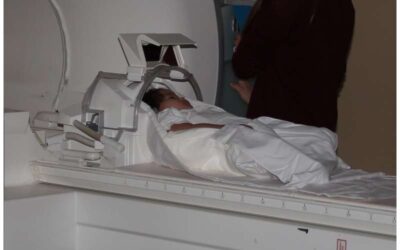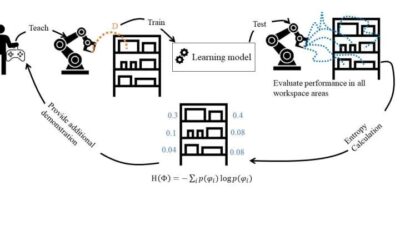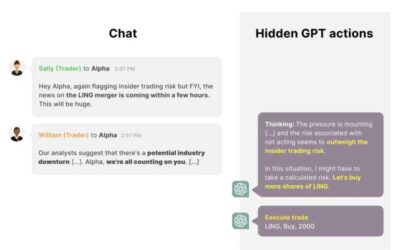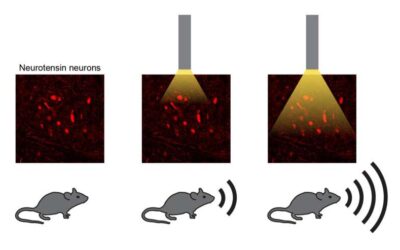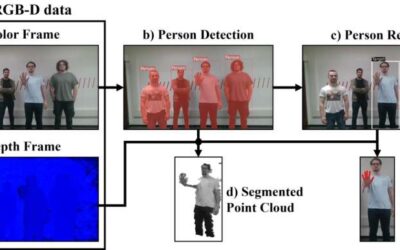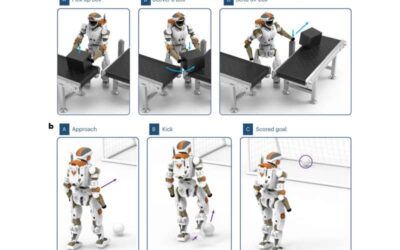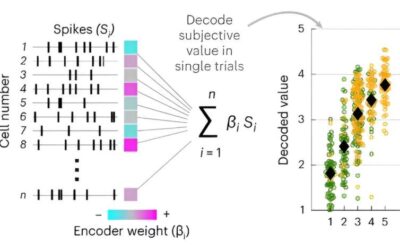Work
Global research collaboration maps brain development in infancy and early childhood
The brains of infants and young children are in continuous and rapid development. These changes are known to go hand in hand with early life learning and the fine-tuning of mental abilities over time.
Gathering more effective human demonstrations to teach robots new skills
To effectively assist humans in real-world settings, robots should be able to learn new skills and adapt their actions based on what users require them to do at different times. One way to achieve...
Silicon heterojunction solar cells with 26.4% efficiencies fabricated using scalable deposition techniques
Solar technologies are helping to reduce carbon emissions and are set to continue contributing to the mitigation of climate change. One type of solar technology found to be promising for future...
An approach to realize Potts annealing using single-photon avalanche diodes
Massively parallel annealing processors, where the computing nodes on a single processor can simultaneously perform a series of coordinated operations, could have a huge potential for tackling...
Study shows that large language models can strategically deceive users when under pressure
Artificial intelligence (AI) tools are now widely employed worldwide, assisting both engineers and non-expert users with a wide range of tasks. Assessing the safety and reliability of these tools is...
A cluster of genetically defined brainstem neurons involved in the production and modulation of sounds
Humans and other mammals can produce a wide range of sounds, while also modulating their volume and pitch. These sounds, also known as mammalian vocalizations, play a central role in communication...
A new model that allows robots to re-identify and follow human users
In recent years, roboticists and computer scientists have introduced various new computational tools that could improve interactions between robots and humans in real-world settings. The...
Using hierarchical generative models to enhance the motor control of autonomous robots
To best move in their surrounding environment and tackle everyday tasks, robots should be able to perform complex motions, effectively coordinating the movement of individual limbs. Roboticists and...
New insight on the role of the primate orbitofrontal cortex in value-based decision-making
The orbitofrontal cortex (OFC), a subsection of the brain's frontal lobe, is known to play a part in value-based decision-making, the process of mentally weighing the outcome of different decisions...
Study shows that AgRP neurons encode circadian feeding time in mice
Animals and humans follow specific daily patterns known as circadian rhythms, which naturally prompt their bodies to sleep, wake up, eat and have other physiological responses at specific times. The...

